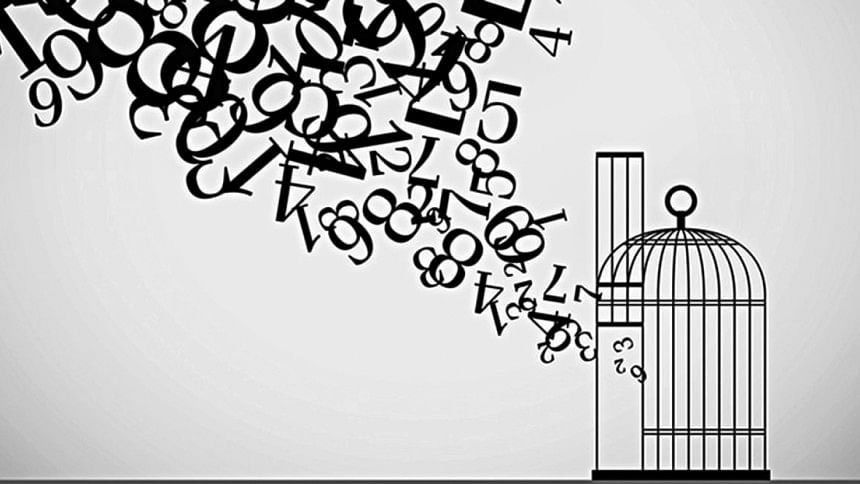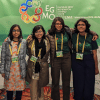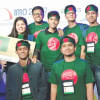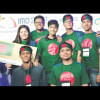Girls in Math Olympiad: What's holding them back?

A few years ago when I was in the United States and contemplating a return to Bangladesh, I was worried about the challenges of reacclimatising myself to Dhaka. Among other things, one major concern for me was how to put myself back into a space where gender is an extremely significant component of identity and where I will be hugely outnumbered by members of the opposite sex in all possible spaces. Although the percentages of men and women in this country are 50.41 and 49.59 respectively, I was worried about being outnumbered. Being a woman knee-deep in technology, both in terms of passion and work, I have always been one of two women in classroom, meeting room, field study trip, etc. I recognised my passion for math and analytical problem solving in childhood but it was validated in 2007 when I joined a movement by Bangladesh Math Olympiad of sharpening mathematical competence of the young generation. This is where I realised that I am also a bit lonely in this space given to the small number of females.
The amazing news of Bangladesh's success in the International Math Olympiad (IMO) this year, where a major milestone was reached through the attainment of a gold medal, made me exhilarated but at the same time added fuel to my agitation. It is the diminishing, if not disappearing, presence of women in this contest that I found deeply appalling. The last time there was a woman in the team for the International Math Olympiad was in 2011. The total number of males who participated in the IMO is 32, in contrast to the mere four females who participated in the competition over 14 years. I have been a part of this contest in various scopes, including as a member of the national camp for four consecutive years, and it had not struck me as a contest for boys—but as I started to look at the numbers and the gender-categorical data, it soon became apparent that it is on its way to become a boys' sport.
A closer look into the data reveals some astonishing information about the participant pools. The number of females in the primary category (grade 1-5) is consistently close to the boys; the number drops drastically in junior (grade 6-8) and secondary (9-10) categories, and starts increasing again in the higher secondary (11-12) category. This pattern immediately made me travel back in time. A time when I would pay regular visits to my grandparents' house in the village and run through the paddy fields or slide along the slope by mini-bridges with my cousins, mostly female. But one year when I was in 5th or 6th grade and visited my grandparents, pretty much all of my cousin sisters refused to accompany me in my afternoon escapade. The same aunt that encouraged me to go out and play with my cousins was now reluctant to allow her daughter to join me. I noticed that my cousins barely got out of the house and the curiosity and enthusiasm for exploration died down in the years to follow.
The age-group my cousins were in is the same as that of girls facing dwindling participation in the Olympiad. I went back to the data and compared the number of boys across all categories to see if the trend is similar there and found that the number of boys stayed consistent across age-groups. It is not academic pressure or greater difficulty for the junior and senior categories that caused the decline in the number of female participants. It is something else—something that only impacted the lives of young girls.
It is the age of puberty and early adolescence when girls start to go through various transformations. The parents of girls become more protective. The girls are told to be more careful, keep to themselves, go out less, be shyer, wear more layers, talk to fewer boys and in general keep their energy within. For a competitive sport—intellectual, in this case—the incredible force of curiosity and boundless enthusiasm, and extreme stubbornness to see through the end of a problem, require a courageous mindset. The participants need to have the willingness to break a few rules and a strong sense of community with peers participating in the same sport. At the onset of puberty, irrespective of socio-economic classes, girls face impediments from their surroundings, family and consequently their inner self.
To bring the girls back into intellectual spaces—be it in the Mathematics Olympiad, engineering or leadership—we need to be more adaptable to change, and refrain from making young girls submit to their fears or subdue their energy because none of us benefits from raising generations of women who do no flourish to their full potential.
Tamanna Islam Urmi is a graduate from MIT class of 2016. She was a participant in the Math Olympiad and attended the national math camp for several years.









Comments